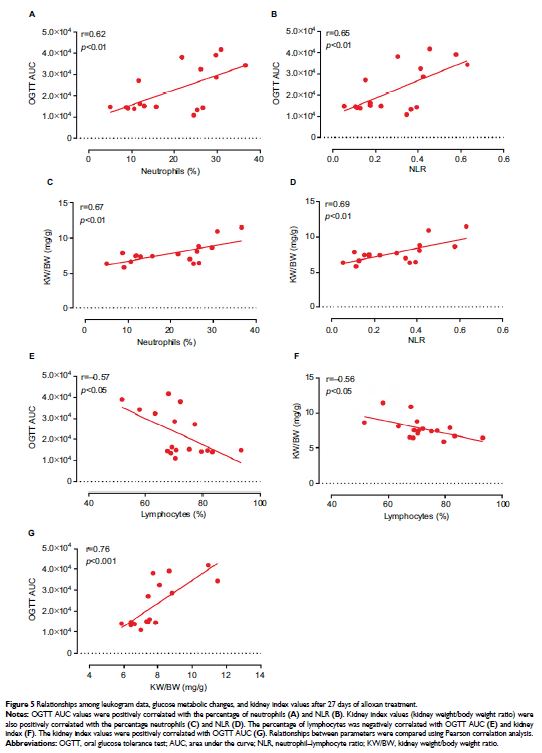108605
论文已发表
注册即可获取德孚的最新动态
IF 收录期刊
- 3.4 Breast Cancer (Dove Med Press)
- 3.2 Clin Epidemiol
- 2.6 Cancer Manag Res
- 2.9 Infect Drug Resist
- 3.7 Clin Interv Aging
- 5.1 Drug Des Dev Ther
- 3.1 Int J Chronic Obstr
- 6.6 Int J Nanomed
- 2.6 Int J Women's Health
- 2.9 Neuropsych Dis Treat
- 2.8 OncoTargets Ther
- 2.0 Patient Prefer Adher
- 2.2 Ther Clin Risk Manag
- 2.5 J Pain Res
- 3.0 Diabet Metab Synd Ob
- 3.2 Psychol Res Behav Ma
- 3.4 Nat Sci Sleep
- 1.8 Pharmgenomics Pers Med
- 2.0 Risk Manag Healthc Policy
- 4.1 J Inflamm Res
- 2.0 Int J Gen Med
- 3.4 J Hepatocell Carcinoma
- 3.0 J Asthma Allergy
- 2.2 Clin Cosmet Investig Dermatol
- 2.4 J Multidiscip Healthc

慢性振荡葡萄糖的挑战可扰乱先天免疫自身稳态,以强化患有或不患有隐性糖尿病大鼠的中性粒细胞 - 淋巴细胞比例变化
Authors Yang G, Yan R, Tong H, Zhang J, Chen B, Xue X, Wang J, Chu M, Jin S, Li M
Received 19 December 2017
Accepted for publication 10 March 2018
Published 13 June 2018 Volume 2018:11 Pages 277—288
DOI https://doi.org/10.2147/DMSO.S160301
Checked for plagiarism Yes
Review by Single-blind
Peer reviewers approved by Dr Andrew Yee
Peer reviewer comments 2
Editor who approved publication: Professor Ming-Hui Zou
Background: The neutrophil–lymphocyte ratio (NLR) has been considered as an
inflammatory marker in various disorders, but it is not clear whether the NLR
is also elevated with hidden diabetes (HD), which is normal in fasting blood
glucose (FBG) but abnormal in the oral glucose tolerance test (OGTT).
Materials and
methods: An HD animal model for 27 days
and an animal model with oscillating glucose (OG) for 7 days were applied on
adult female Sprague–Dawley rats. OGTT, leukogram analysis, histology, and
immunohistochemistry were carried out.
Results: In HD rats, the percentage of neutrophils increased but the percentage
of lymphocytes decreased; hence, the NLR rose relative to sham. This may be a
result of the OG levels often experienced by diabetic subjects, as normal rats
given OG (6 g/kg/6 h) for 7 days had significantly reduced
lymphocyte numbers and increased NLR compared with the values before and
1 h after oral glucose administration during OGTT. Glucose-induced
disarrangement of partitions of circulating immune cells and NLR was involved
in the increase in oxidative stress, as these changes were totally blocked by
the antioxidant glutathione (GSH). GSH (50 mg/kg/6 h) totally blocked
the glucose-induced alterations in lymphocyte and NLR values.
Conclusion: HD associated with elevation of NLR values may be partly
attributed to a homeostasis disorder of the innate inflammatory state, caused
by oscillating hyperglycemia. Acute high glucose administration produced a
significant decrease in lymphocyte number. OG administration potentiated this
effect and increased the NLR value, which was blocked by GSH, suggesting that
reactive oxygen species play a critical role in maintaining lymphocyte numbers.
Keywords: neutrophil–lymphocyte ratio, diabetes, oscillating glucose level,
innate immune, rat
